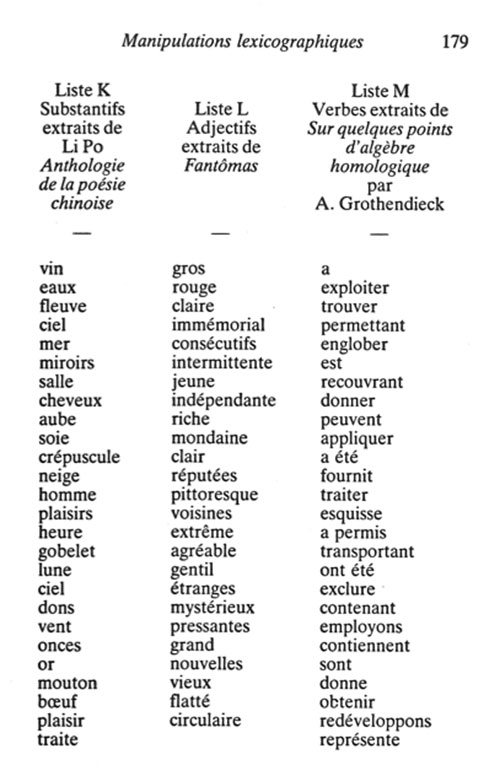[put_wpgm id=1]
.
Michele Audin has written a book on the history of the Julia seminar (hat tip +Chandan Dalawat via Google+).
The “Julia Seminar” was organised between 1933 and 1939, on monday afternoons, in the Darboux lecture hall of the Institut Henri Poincare.
After good German tradition, the talks were followed by tea, “aimablement servi par Mmes Dubreil et Chevalley”.
A perhaps surprising discovery Audin made is that the public was expected to pay an attendance fee of 50 Frs. (approx. 32 Euros, today), per year. Fortunately, this included tea…
The annex of the book contains the lists of all people who have paid their dues, together with their home addresses.
The map above contains most of these people, provided they had a Parisian address. For example, Julia himself lived in Versailles, so is not included.
As are several of the first generation Bourbakis: Dieudonne lived in Rennes, Henri Cartan and Andre Weil in Strasbourg, Delsarte in Nancy, etc.
Still, the lists are a treasure trove of addresses of “les vedettes” (the professors and the people in the Bourbaki-circle) which have green markers on the map, and “les figurants” (often PhD students, or foreign visitors of the IHP), the blue markers.
Several PhD-students gave the Ecole Normale Superieure (btw. note the ‘je suis Charlie’-frontpage of the ENS today jan.9th) in the rue d’Ulm as their address, so after a few of them I gave up adding others.
Further, some people changed houses over this period. I will add these addresses later on.
The southern cluster of markers on Boulevard Jourdan follows from the fact that the university had a number of apartment blocks there for professors and visitors (hat tip Liliane Beaulieu).
A Who’s Who at the Julia seminar can be found in Audin’s book (pages 154-167).
Reference:
Michele Audin : “Le seminaire de mathematiques 1933-1939, premiere partie: l’histoire”
Leave a Comment

